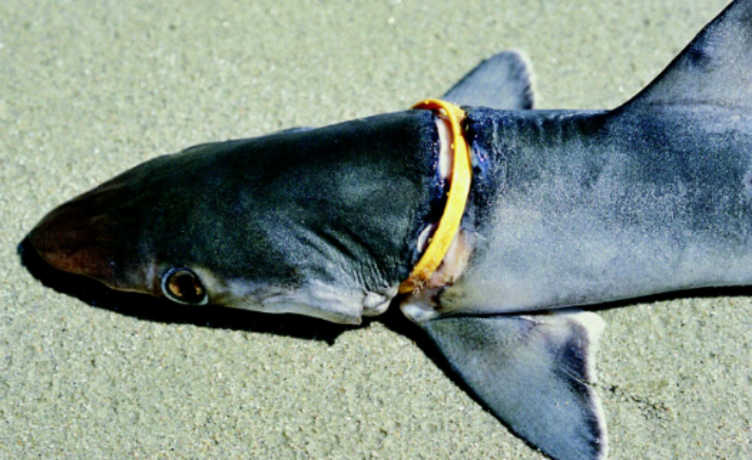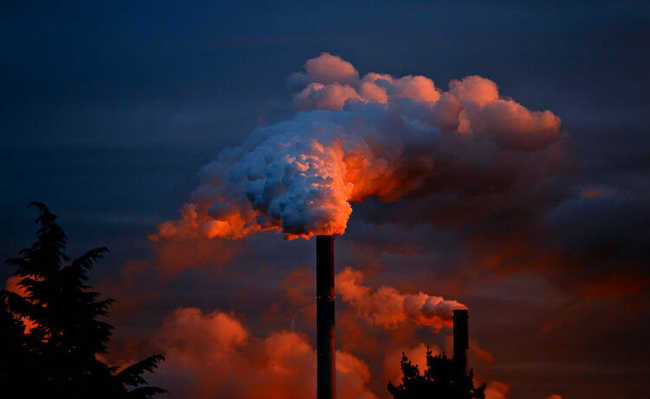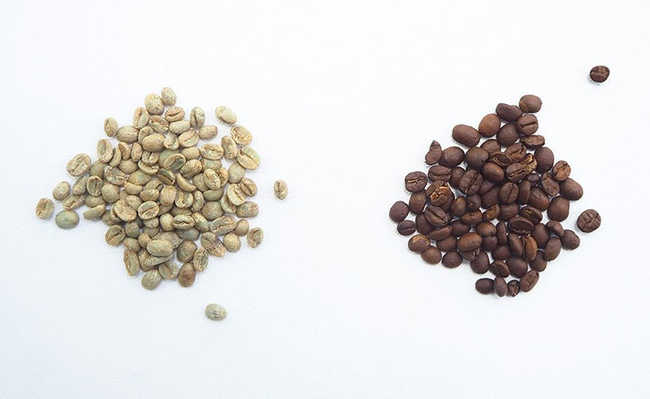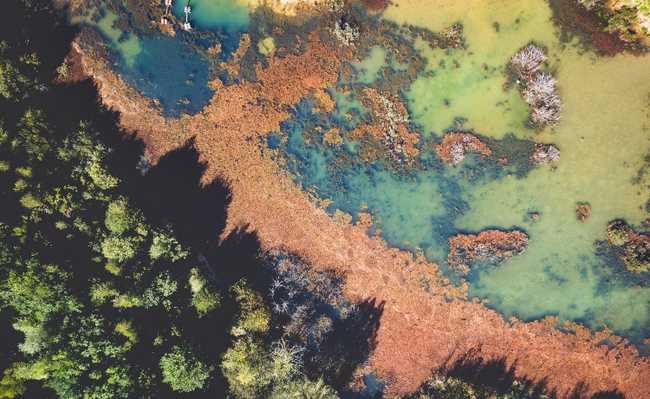Persistent Organic Pollutants: the danger of POPs
What are and what are the dangers of persistent organic pollutants?

There are all kinds of pollutants on the face of the earth in places and things you can't even imagine. They are generally classified according to the material they are made of, or their origins. But there are also those classified by harmful effects on the environment and human health. This is the case for POPs, the persistent organic pollutants.
The name was assigned by United States Environmental Program to list compounds and classes of organic chemical compounds (carbon-based molecules) that are characterized by being highly toxic, by remaining in the environment for a long time, and by being bioaccumulative and biomagnified (terms that we will explain throughout the text).
Characteristics
To be classified as persistent organic pollutants, contaminants must:- Persist in the environment, as it has a long half-life;
- Have the ability to move quickly in water and air;
- Accumulate in body fat, blood and other bodily fluids (bioaccumulation);
- Be very toxic, even without coming into contact with other chemicals;
- Being directly linked to hormonal, immunological, neurological and reproductive disorders.
Which ones are listed?
In May 2001, at the Stockholm Convention, organic chemical compounds considered to be persistent organic pollutants were listed. The compounds were divided into three annexes:
Annex A: list of compounds that must be taken measures for the total elimination of their productions and uses, which can be used or produced only with specific registered exceptions.- Present in pesticides: Aldrin, Chlordane, Kepone, Dieldrin, Endrin, Heptachlor, Alpha-Hexachlorocyclohexane, Beta-Hexachlorocyclohexane, Lindane, Mirex, Endosulfan and its isomers and Toxaphene.
- Present in industrial chemicals: Hexabromobiphenyl, Hexabromocyclododecane (HBCD), Ether-hexabromobiphenyl, Ether-heptabromobiphenyl, Polychlorinated Biphenyl (PCB), Ether-Tetrabromobiphenyl and Ether-Pentabromobiphenyl.
- Present in pesticides and industrial chemicals: Hexachlorobenzene (HCB) and Pentachlorobenzene.
- Annex B: Compounds that must have production and use restrictions.
- Pesticide: DDT pole.
- Industrial chemical: Perfluorooctanesulfonic acid, its salts and and Perfluorooctanesulfonyl fluoride.
Annex C: Unintentionally produced compounds that must be reduced and eliminated.
The compounds in this annex are: Hexachlorobenzene (HCB), Pentachlorobenzene, Polychlorinated Biphenyl (PCB), Polychlorinated Dibenzodioxins (PCDD) and Polychlorinated Dibenzofurans (PCDF).
Where are they?
Persistent organic pollutants can be found in many everyday products. Among the most common are PBDE (Polybrominated Diphenyl Ethers), used in furniture, carpets, plastics, pillows, upholstery and other products made with foam, such as flame retardant – chemical compounds that retard fires. Perfluoroethane acid and sulfonate are used in the production of non-stick cookware, clothing and stainless materials.
Others commonly used are polybrominated and bromine-chlorine dioxins, found in industrial by-products generated by the combustion of flame retardants, and PCN (polychlorinated naphthalene), used in cable insulators, in heat transfer between products, in flame retardants , engine oil additives, among others.
The fight and the end of persistent organic pollutants, due to their characteristics, must be a worldwide effort. But even so, each individual can avoid them by simply buying products made from organic cotton, as pesticides such as DDT are also POPs, in addition to avoiding non-stick cookware, recycle your television and computer properly, eat organic or other foods. from the base of the food chain and avoid stain resistant clothing.
discard
Now that you know how to avoid persistent organic pollutants, prevent these contaminants from harming the environment. Dispose of items such as television and computer correctly. Click here and enter the Recycling Stations section of Portal eCycle.










